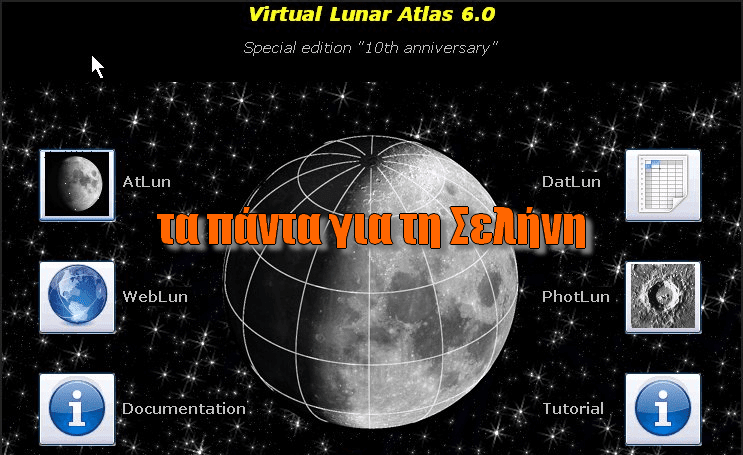

NASA's Atmospheric Trace Molecule Spectroscopy instrument and the Grille Spectrometer from Belgium, mapped trace molecules in the middle atmosphere during orbital "sunrises" and "sunsets,".By making simultaneous solar and atmospheric measurements on a global scale, scientists hope to unravel the complicated web of man's impact on the environment. ATLAS-1 experiments focused on four scientific disciplines: atmospheric science, solar science, space plasma physics and astronomy.
#NASA MOON ATLAS FAROKH SERIES#
This was the first of a series studying the Earth's atmosphere and the Sun's influence upon it over an entire 11-year solar cycle. Repeated flights of the ATLAS instruments, which can be carefully calibrated before and after each flight, will allow for long-term calibration of UARS instruments. Two ATLAS-1 instruments, ACR and SUSIM, have direct counterparts aboard UARS, while other instruments aboard each mission were closely related. Beyond its own science mission, a key goal of the ATLAS series was to provide calibration for NASA's Upper Atmosphere Research Satellite (UARS), launched from the Space Shuttle in September 1991. The ATLAS-1 solar science instruments and several of the atmospheric science instruments (MAS, ATMOS and SSBUV) flew on future ATLAS missions. ATLAS-1, the first of the ATLAS series of Shuttle flights, was an important part of the long-term, coordinated research that made up NASA's Mission to Planet Earth.


 0 kommentar(er)
0 kommentar(er)
